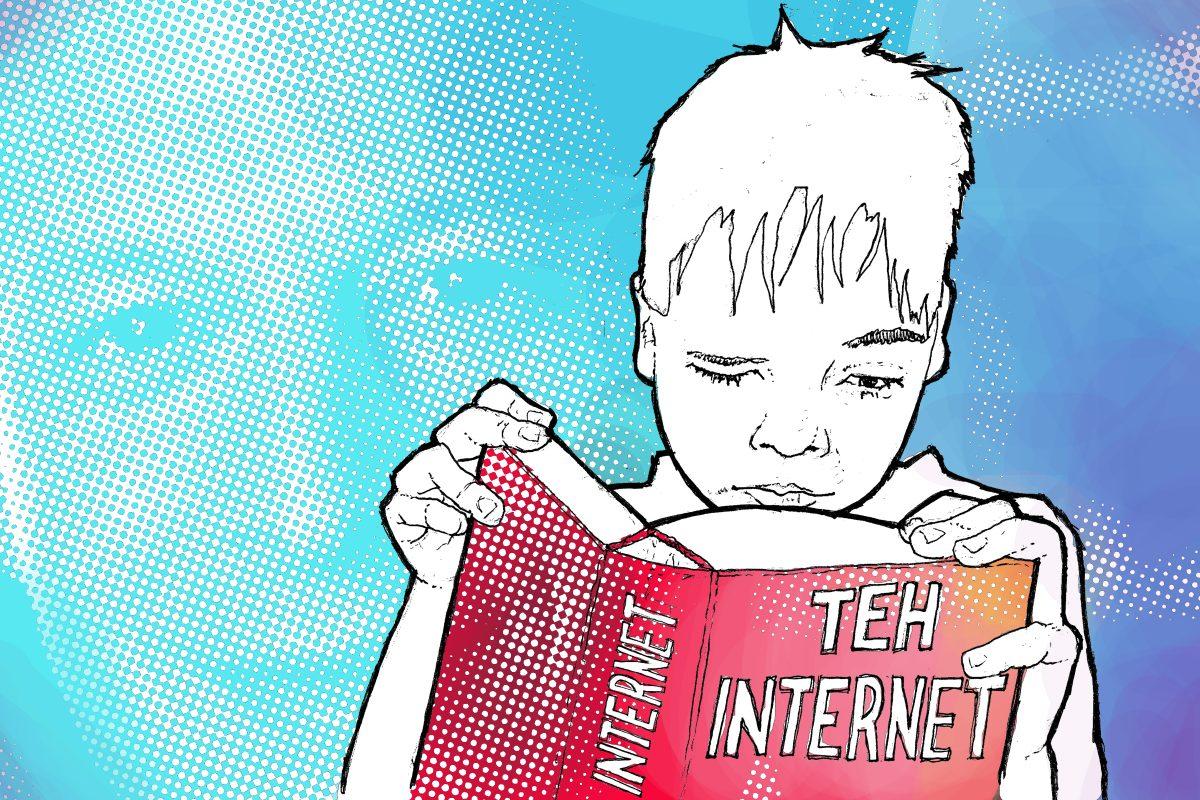Technology is a fixture of everyday life, and digital and media literacy have gained importance in recent years, especially at research universities like N.C. State.
Hiller Spires and her colleagues at the Friday Institute have been working with teachers around the world to increase the emphasis on technology in the classroom. The goal is to help both the teachers and the students they teach.
The institute is currently targeting two main areas of digital literacy.
First, because the Internet offers an endless stream of information–some of it sound, and some of it dubious, at best both teachers and students must be able to determine a given source’s credibility Spires said.
Second, teachers must help students develop “a critical perspective for online research,” which Spires called the biggest challenge teachers face in the classroom today.
To build these skills in future generations of students, Spires said the institute prioritizes teaching education majors what it means to be literate in today’s technological society. She and her colleagues also teach them how to provide a more globally oriented learning environment.
The Friday Institute’s New Literacies Collaborative has worked with other institutes nationally and worldwide—including ones in Massachusetts and Beijing, China—to increase digital literacy and technological efficiency in classrooms on a larger scale.
In Beijing, at the Beijing Royal School, the goal of the partnership has been to develop a more innovative teaching strategy, Spires said.
The program at the Beijing Royal School is conducted primarily in English and offers an eye-opening, technologically focused exchange opportunity for College of Education graduate students.
To prepare future generations for this technological world, Spires suggested starting with teachers, especially aspiring ones, to find the best methods of increasing digital literacy.
Among other changes, Spires recommended “a more participatory learning environment.” However, one of the main challenges Spires and her colleagues face in that mission is determining what makes someone truly “literate.”
As the Internet increasingly connects the entire world, social media has become a powerful tool that should be harnessed in the classroom, Spires said.
“Social media is a natural extensions of face-to-face communication,” Spires said, adding that her students use Twitter to broadcast class-related information and collaborate on projects.
Tomer Shvueli, a senior majoring in computer science, said he did not find N.C. State’s curriculum very informative as far as digital literacy goes.
Shvueli worked in the technical department of the Friday Institute maintaining websites and building projects to test web applications.
E115: Introduction to Computing Environments, or some other equivalent, is a requirement for all majors, but the course isn’t structured in a very appealing way, Shvueli said. Although the course offers preparation for the coming computer science courses, he said much of the course amounted to busy-work.
“E115 is the most NC State has done as far as digital literacy in my coursework,” Shvueli said.
Shvueli said global efforts in the digital literacy field are effective. He cited examples like Raspberry Pi, the startup based at the University of Cambridge responsible for creating a computer priced at about $35.
With this affordable computer, Raspberry Pi provides a way for underprivileged children to master basic computer skills.
“They teach students how to write [computer] code and network in an online environment,” Shvueli said.








